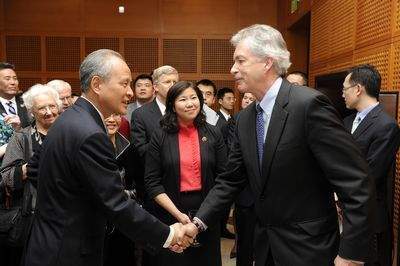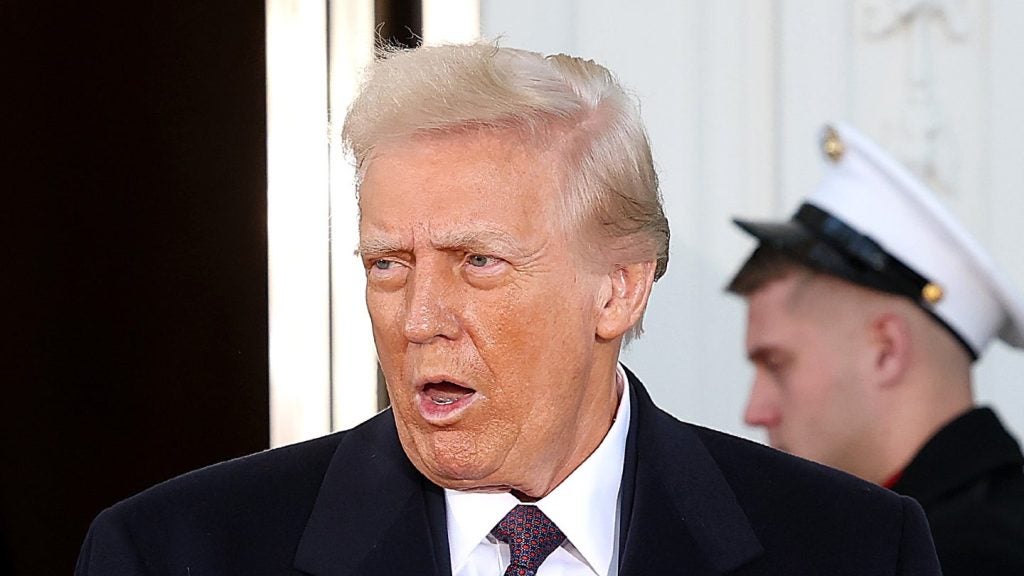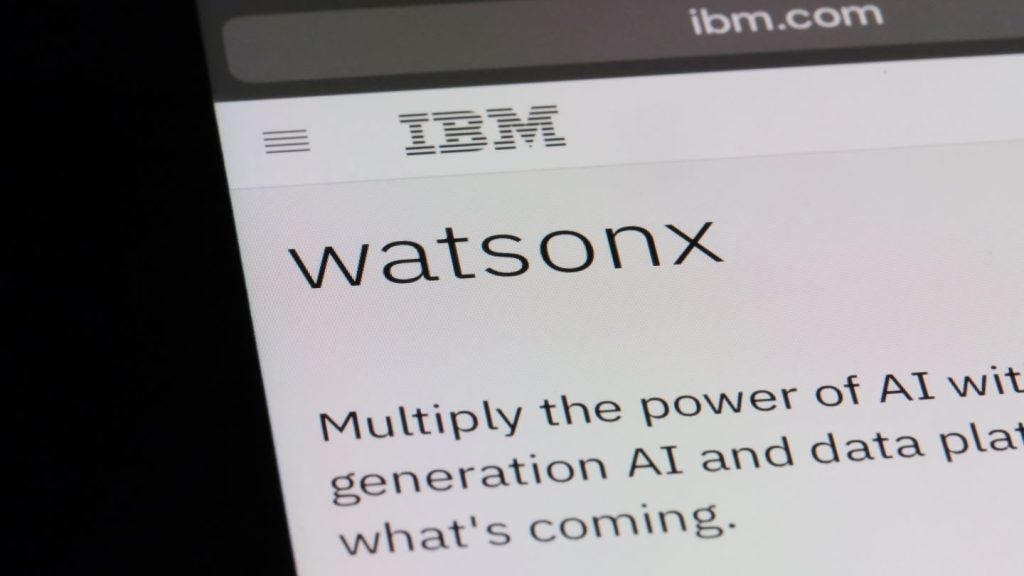
As delegates from the US and China get together to discuss an ongoing trade rift, experts and officials have voiced optimism that a resolution could be in the works.
Cui Tiankai, the Chinese ambassador to Washington, met with John Sullivan on Wednesday, for talks that could see a full list of tariffs pitched by the US and China scaled back, an expert at Capital Economics told Verdict.
A new set of tariffs announced by the US on Chinese goods on Wednesday and retaliatory measures threatened by China less than 24 hours later, were just a “deterrent” and may never go ahead, Chang Liu, China economist at London-based macroeconomics research consultancy said.
“Our view is that it’s unlikely that the exact, full list of tariffs will get implemented. Most likely it will be watered down.”
US tariffs of 25% on steel and 10% on aluminium products proposed by Trump have in recent weeks been scaled back for all countries except Japan and China, Liu said.
If the full list of US tariffs do go ahead, analysts predict that the damage would skim a minimal 0.1% off China’s GDP.
How well do you really know your competitors?
Access the most comprehensive Company Profiles on the market, powered by GlobalData. Save hours of research. Gain competitive edge.

Thank you!
Your download email will arrive shortly
Not ready to buy yet? Download a free sample
We are confident about the unique quality of our Company Profiles. However, we want you to make the most beneficial decision for your business, so we offer a free sample that you can download by submitting the below form
By GlobalData“Given the small economic impact on China, the response from the Chinese government yesterday, announcing retaliatory tariffs, was a little bit surprising, and we think the response is mostly a deterrent to stop the situation escalating.
“There’s also a chance that China and the US come to some kind of agreement, within the next few months, so it may not happen in the end.
Both sides have voiced willingness to reach a deal, following the hour-long meeting between delegates in Washington yesterday.
In an interview with state-owned China Central Television after the talks, Cui Tiankai, China’s ambassador to the United States, said:
“Negotiation would still be our preference, but it takes two to tango. We will see what the US will do.
While Trump’s top economic adviser, Larry Kudlow said:
“I think we’re going to come to agreements,” he said, adding that “I believe that the Chinese will back down and will play ball.”
Asked by Reuters if the US tariffs announced on Tuesday were just a bargaining chip and would never go ahead, Trump’s top economic adviser, Larry Kudlow said:
“Yes, it’s possible. It’s part of the process,” adding the announcements by the two countries were merely ‘opening proposals’.
Liu was optimistic that a deal could be reached, but said it would take time and fall short of meeting Trump’s full demands.
“The $100 billion reduction in the trade balance that Trump has demanded is hard to achieve, more likely China could offer some kind of concessions, for example deals on some big ticket imports, to sort of appease the US, of at least give the appearance of reducing the bi-lateral trade balance.
If they did go ahead, the retaliatory tariffs proposed by China of 25% on 106 US goods, including Soybeans, whisky and aircraft parts, could be disastrous for Trump’s support base, and would escalate the growing trade war, Liu explained.
“China has targeted the [imports from] states where Trump’s support has been the strongest.”
It is no accident that soya beans were top of the list, as they are made in states who voted for Trump in the 2016 election, Lui said, serving as a powerful threat.
“If this does lead to an escalation of tensions between the two countries, and more measures introduced in the future, then it could obviously lead to a broader trade war that would damage both economies. But right now I think it’s more likely a compromise will be reached between both of them.
Markets in Asia and Europe rallied on Thursday amid signs Washington and Beijing could work it out.
[visualizer id=”152912″] Source: USITC, USTR, Capital Economics






